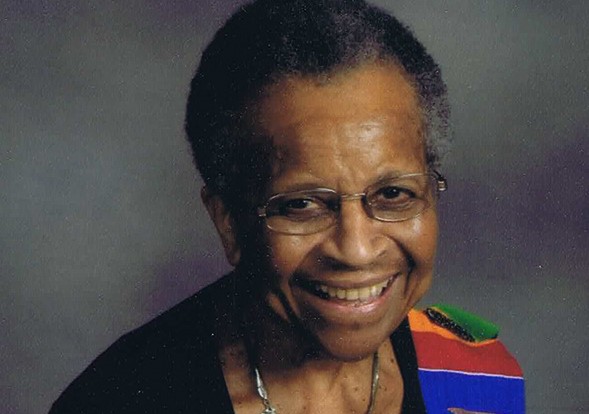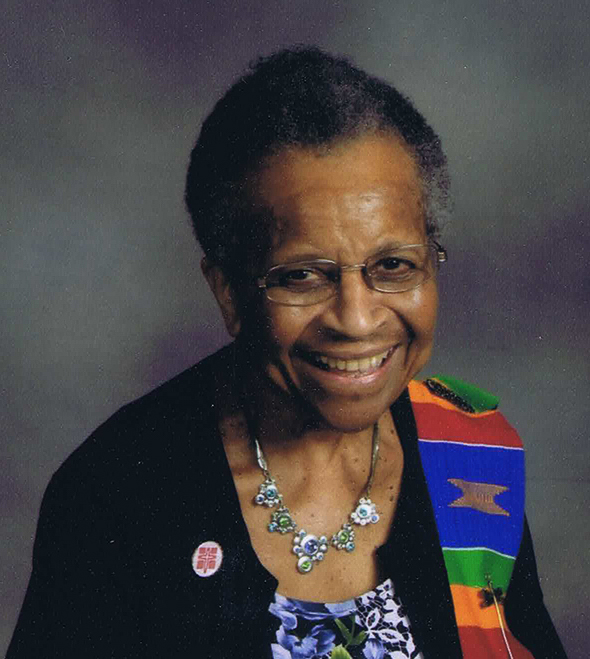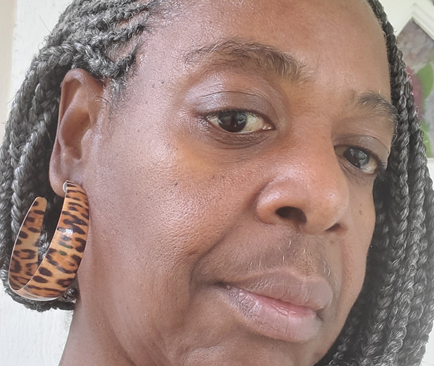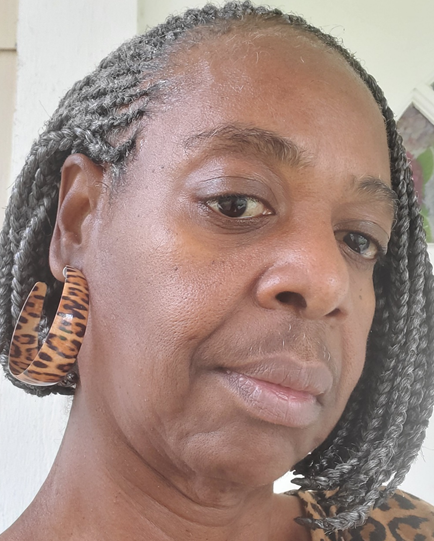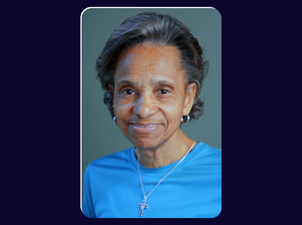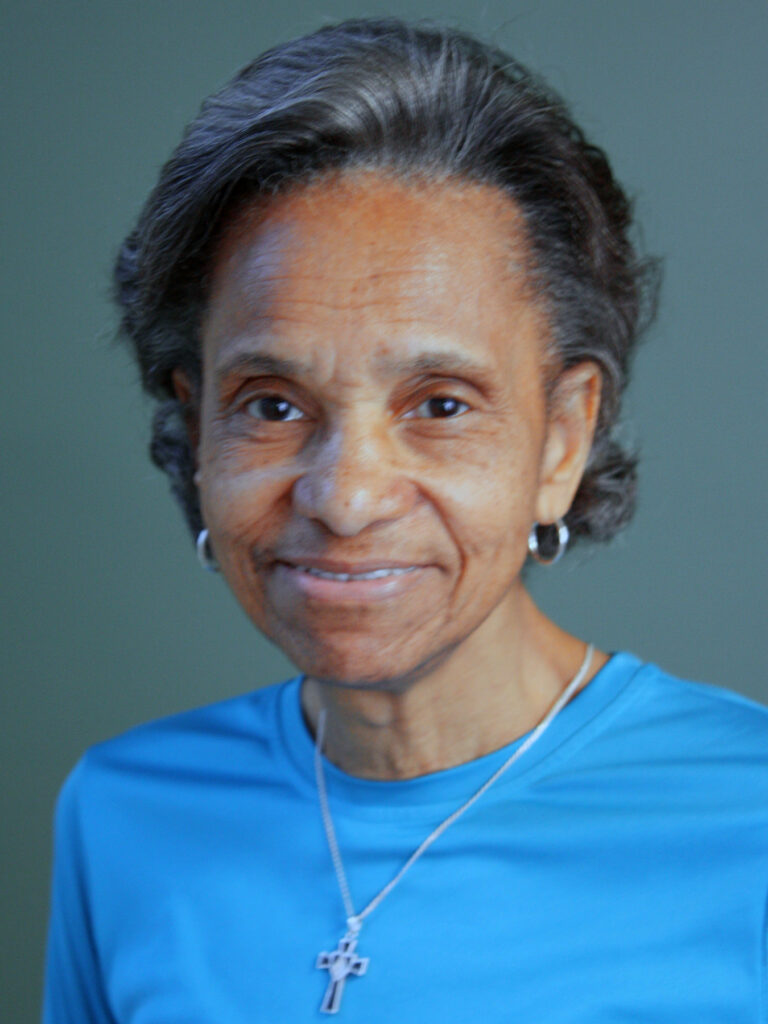
Happy All Saints Day and Black Catholic History Month
Listen to Sr. Patty Chappell’s Reflections on Sr. Thea Bowman
November 1, 2023
November 1 is All Saints Day and the beginning of Black Catholic History Month. Take a couple minutes with Sr. Patty Chappell, SNDdeN. Hear about how she found community with other Black Sisters and first encountered Sr. Thea Bowman, who is now on the path to sainthood, in their midst.
Sr. Patty recounts how, “when [she] saw that some of the Sisters were in habits, some were wearing dashikis, some had pressed hair, some had full blown stylish afros, all from different religious communities, different skin tones … oh the beauty of our Sisters!”
Sr. Patty shared these thoughts in a panel at the Initiative on Catholic Social Thought and Public Life at Georgetown University on May 3, 2022. Check out the full video here.








